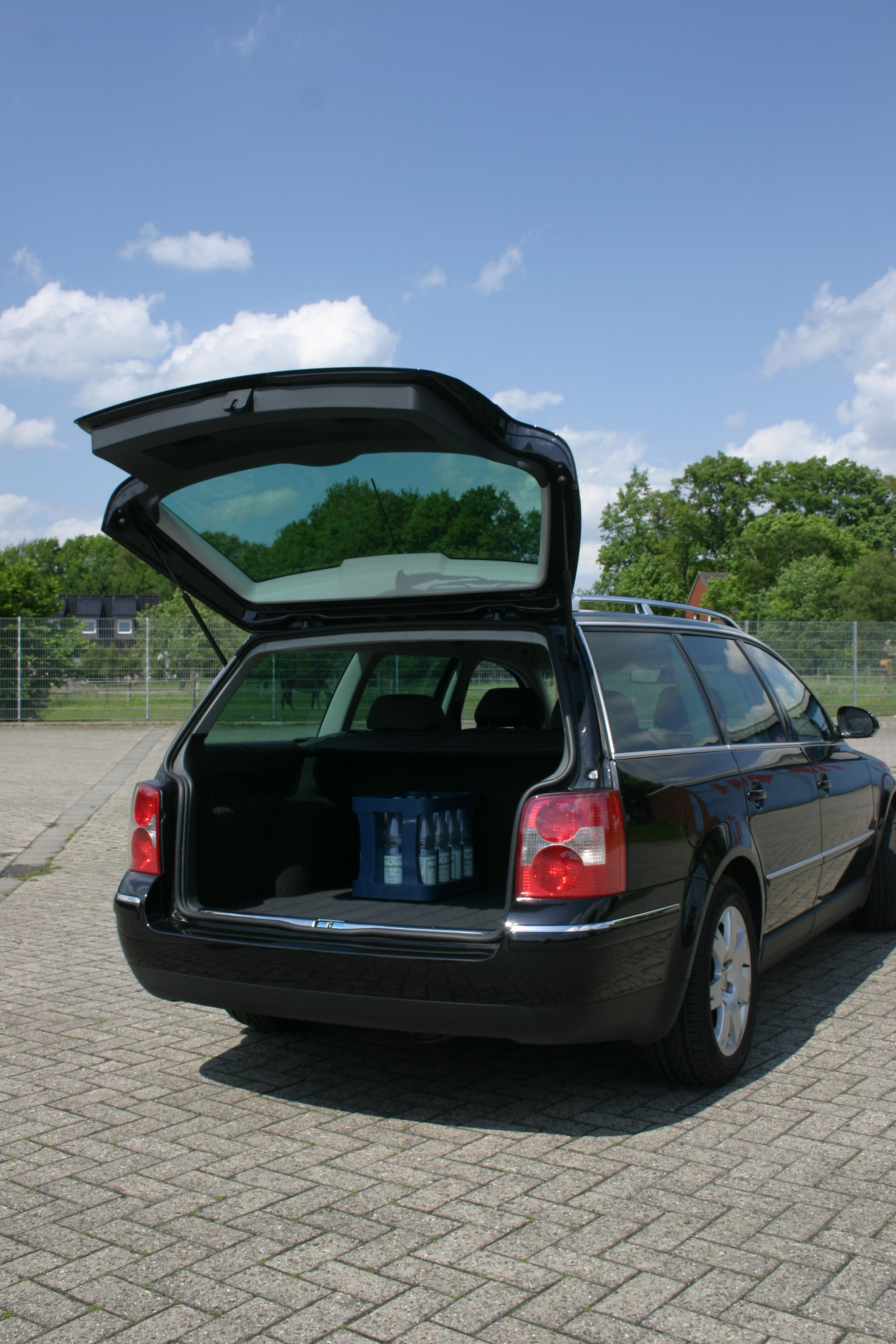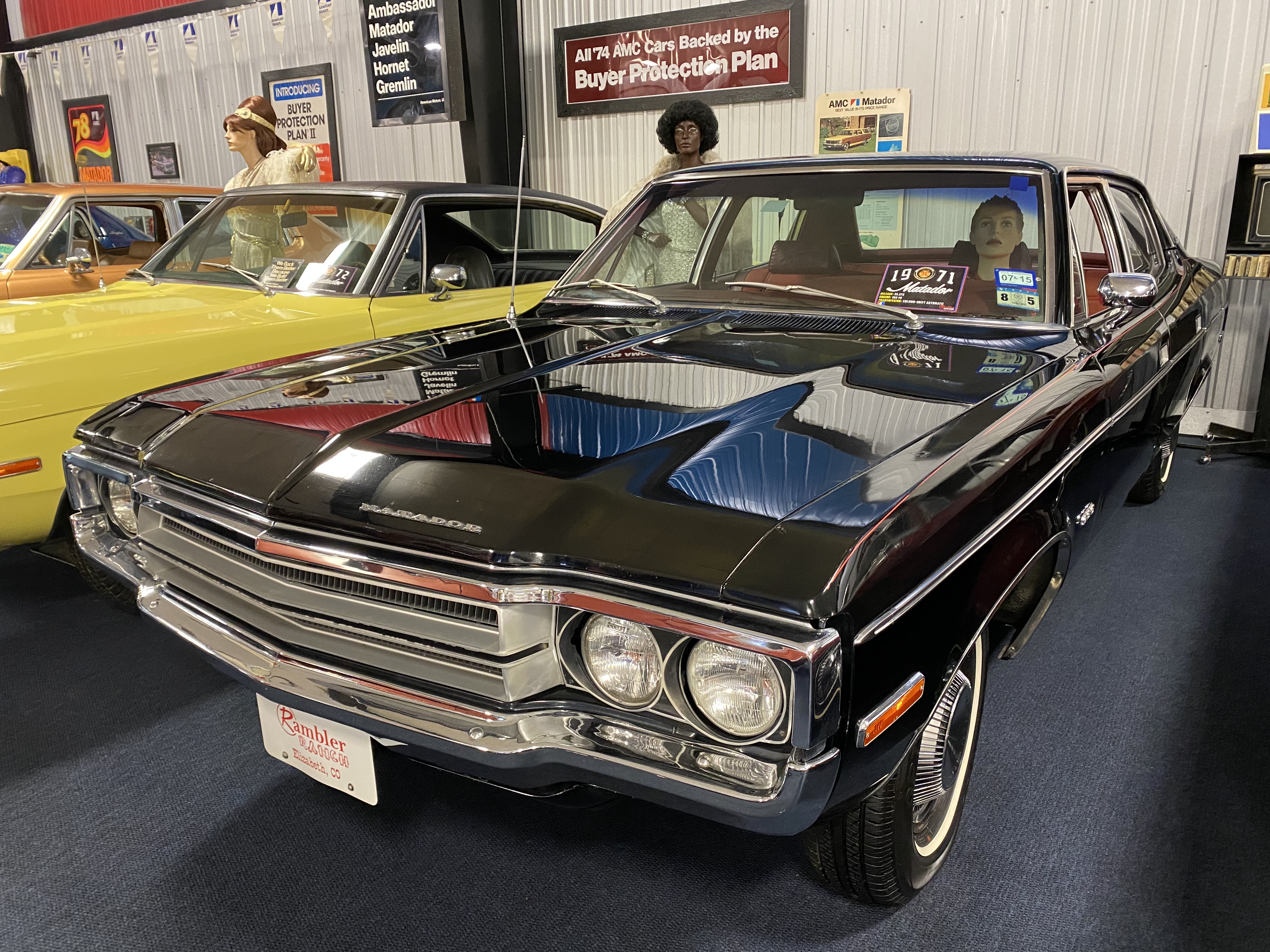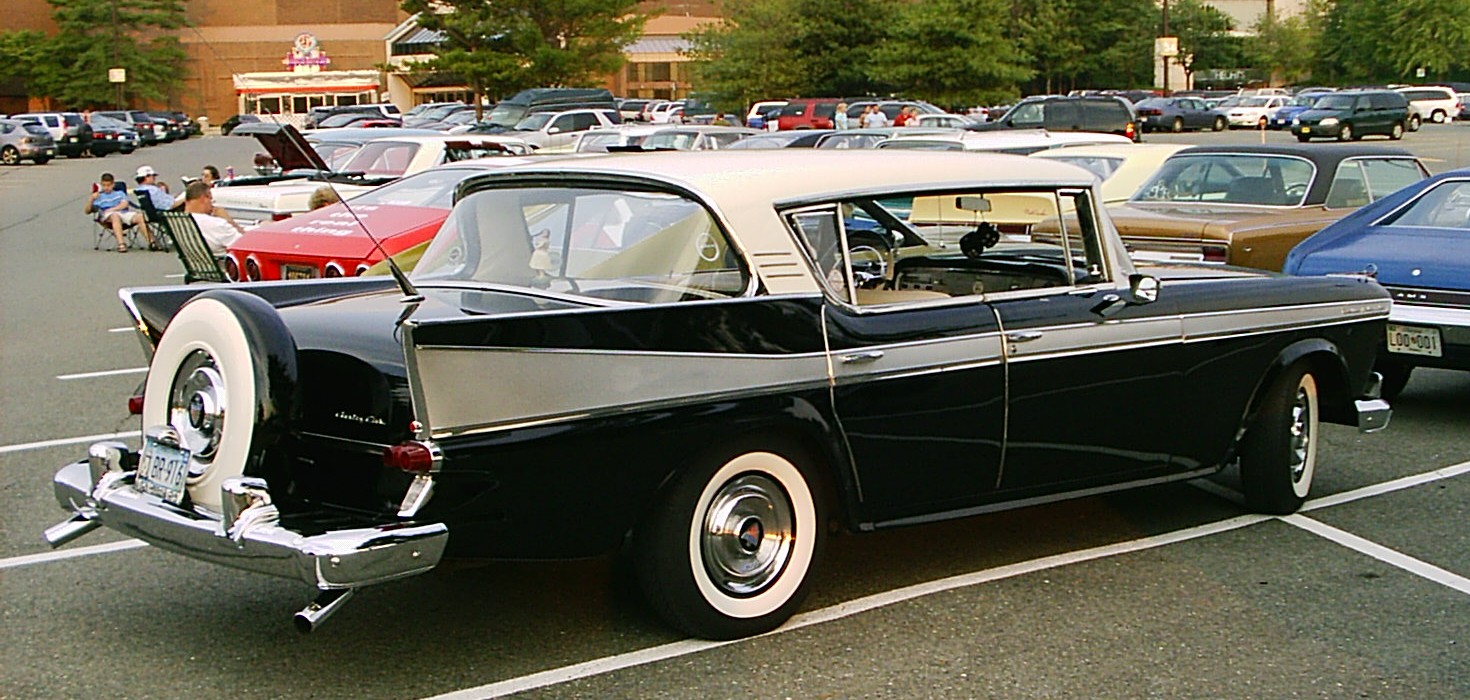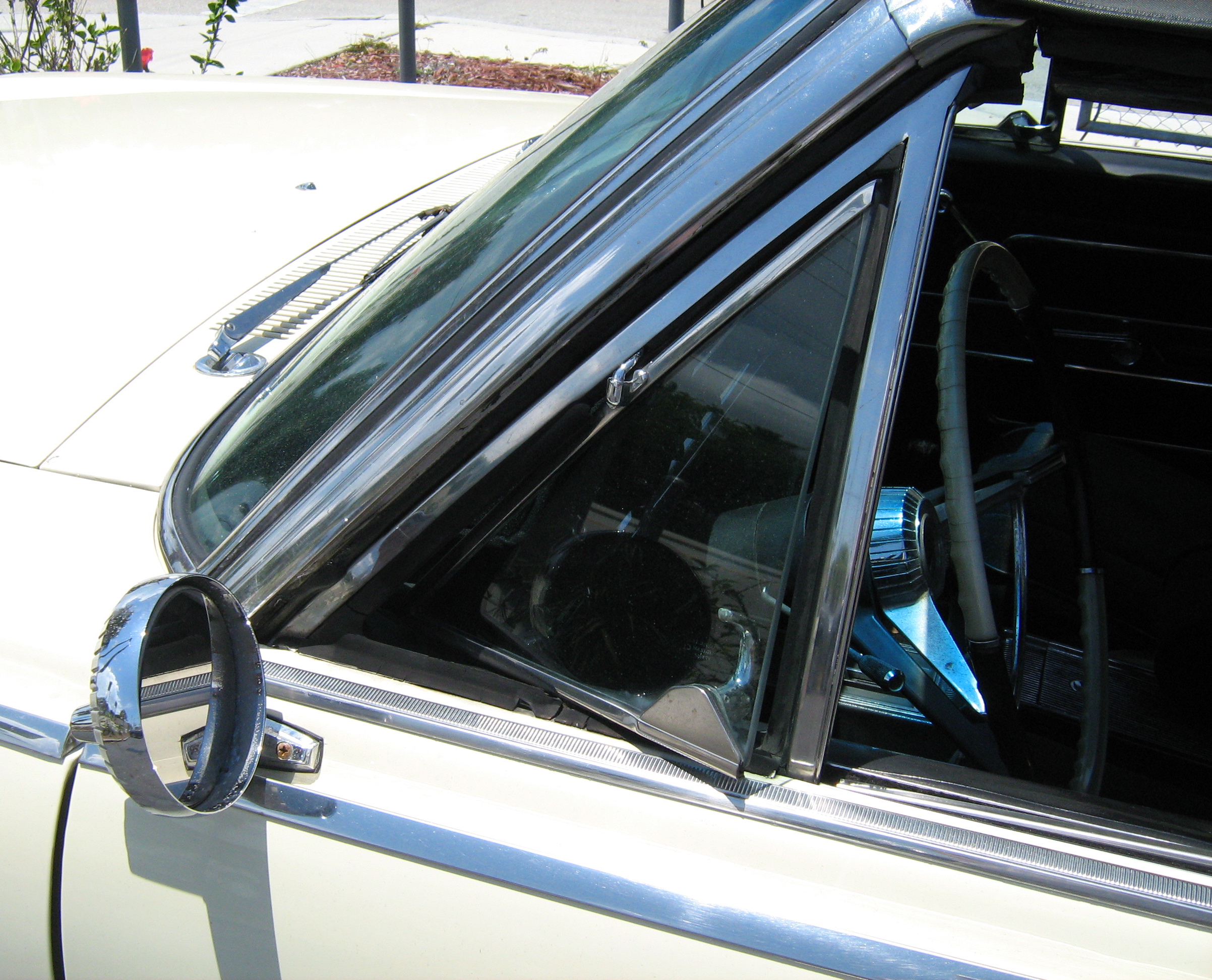|
A-pillar
The pillars on a car with permanent roof body style (such as four-door sedans) are the vertical or nearly vertical supports of its window area or greenhouse—designated respectively as the ''A, B, C'' and (in larger cars such as 4-door station wagons and sport utility vehicles) ''D-pillar,'' moving from front to rear, in profile view. Nomenclature Car pillars are components that support the structure of an enclosed automobile body. This is similar to that of a house with pillars supporting the roof over the floor. Car pillars are designed to stand in near vertical or inclined positions to support the roof. The consistent alphabetical designation of a car's pillars provides a common reference for design discussion and critical communication. This is used by insurance companies to identify damaged components and rescue teams employ pillar nomenclature to facilitate communication when cutting wrecked vehicles, as when using the jaws of life. The A-pillars on each side of the ... [...More Info...] [...Related Items...] OR: [Wikipedia] [Google] [Baidu] |
Driver Visibility
A blind spot in a vehicle or vehicle blind spot is an area around the vehicle that cannot be directly seen by the driver while at the controls, under existing circumstances. In transport, driver visibility is the maximum distance at which the driver of a vehicle can see and identify prominent objects around the vehicle. Visibility is primarily determined by weather conditions (see visibility) and by a vehicle's design. The parts of a vehicle that influence visibility include the windshield, the dashboard and the pillars. Good driver visibility is essential to safe road traffic. Conditions for blind spots Blind spots exist in a wide range of vehicles: aircraft, cars, buses, trucks, agricultural equipments, heavy equipments, boats, ships, trams, and trains. Blind spots may occur in the front of the driver when the A-pillar (also called the windshield pillar), side-view mirror, or interior rear-view mirror block a driver's view of the road. Behind the driver, cargo, headrests, a ... [...More Info...] [...Related Items...] OR: [Wikipedia] [Google] [Baidu] |
Blind Spot (automobile)
A blind spot in a vehicle or vehicle blind spot is an area around the vehicle that cannot be directly seen by the driver while at the controls, under existing circumstances. In transport, driver visibility is the maximum distance at which the driver of a vehicle can see and identify prominent objects around the vehicle. Visibility is primarily determined by weather conditions (see visibility) and by a vehicle's design. The parts of a vehicle that influence visibility include the windshield, the dashboard and the pillars. Good driver visibility is essential to safe road traffic. Conditions for blind spots Blind spots exist in a wide range of vehicles: aircraft, cars, buses, trucks, agricultural equipments, heavy equipments, boats, ships, trams, and trains. Blind spots may occur in the front of the driver when the A-pillar (also called the windshield pillar), side-view mirror, or interior rear-view mirror block a driver's view of the road. Behind the driver, cargo, headrests, a ... [...More Info...] [...Related Items...] OR: [Wikipedia] [Google] [Baidu] |
Blind Spot (vehicle)
A blind spot in a vehicle or vehicle blind spot is an area around the vehicle that cannot be directly seen by the driver while at the controls, under existing circumstances. In transport, driver visibility is the maximum distance at which the driver of a vehicle can see and identify prominent objects around the vehicle. Visibility is primarily determined by weather conditions (see visibility) and by a vehicle's design. The parts of a vehicle that influence visibility include the windshield, the dashboard and the pillars. Good driver visibility is essential to safe road traffic. Conditions for blind spots Blind spots exist in a wide range of vehicles: aircraft, cars, buses, trucks, agricultural equipments, heavy equipments, boats, ships, trams, and trains. Blind spots may occur in the front of the driver when the A-pillar (also called the windshield pillar), side-view mirror, or interior rear-view mirror block a driver's view of the road. Behind the driver, cargo, headrest ... [...More Info...] [...Related Items...] OR: [Wikipedia] [Google] [Baidu] |
Station Wagon
A station wagon ( US, also wagon) or estate car ( UK, also estate), is an automotive body-style variant of a sedan/saloon with its roof extended rearward over a shared passenger/cargo volume with access at the back via a third or fifth door (the liftgate or tailgate), instead of a trunk/boot lid. The body style transforms a standard three-box design into a two-box design — to include an A, B, and C-pillar, as well as a D-pillar. Station wagons can flexibly reconfigure their interior volume via fold-down rear seats to prioritize either passenger or cargo volume. The '' American Heritage Dictionary'' defines a station wagon as "an automobile with one or more rows of folding or removable seats behind the driver and no luggage compartment but an area behind the seats into which suitcases, parcels, etc., can be loaded through a tailgate." When a model range includes multiple body styles, such as sedan, hatchback, and station wagon, the models typically share their platfor ... [...More Info...] [...Related Items...] OR: [Wikipedia] [Google] [Baidu] |
Three-box Styling
The configuration of a car body is typically determined by the layout of the engine, passenger and luggage compartments, which can be shared or separately articulated. A key design feature is the car's roof-supporting pillars, designated from front to rear of the car as A- pillar, B-pillar, C-pillar and D-pillar. Common car body configurations are one-box (e.g., a van, minivan, MPV), two-box (e.g., a hatchback) and three-box (e.g., a sedan/saloon) designs. One-box design A one-box design, also called a ''monospace'', ''mono-box'' or ''monovolume'' configuration—approximates in shape a single volume comprising engine, cabin and cargo areas, in part by locating the base of a vehicle's A-pillars further forward. One-box designs include light commercial vehicles, minivans, MPVs and mini MPVs. Passenger cars with a one-box design include the 1984 Renault Espace, 1992 Renault Twingo I, 2008 Tata Nano, 2005 Toyota Aygo/Citroën C1/Peugeot 107 and 1997 Mercedes-Benz A-Class. T ... [...More Info...] [...Related Items...] OR: [Wikipedia] [Google] [Baidu] |
AMC Matador
The AMC Matador is a car model line that was manufactured and marketed by American Motors Corporation (AMC) across two generations, 1971–1973 (mid-size) and 1974–1978 (full-size), in two-door hardtop (first generation) and coupe (second generation) versions as well as in four-door sedan and station wagon body styles. The first generation Matador was focused on the "family" market segment and was also offered in performance versions as highlighted in the NASCAR racing series with factory support from 1972 to 1975. Several TV shows—portraying both true-life, day-to-day operations of police work as well as in fictional stories—featured Matadors that were common in police fleets. With its second generation, the Matador became AMC's largest automobile after the Ambassador, which shared the same platform, was discontinued after the 1974 model year. Premium trim levels of the second generation Matador coupe were marketed as the ''Barcelona'' and ''Oleg Cassini'' (after the n ... [...More Info...] [...Related Items...] OR: [Wikipedia] [Google] [Baidu] |
Greenhouse (automotive)
The greenhouse (or glasshouse) of a car comprises the windshield, rear and side windows, the pillars separating them (designated A-pillar, B-pillar and so on, starting from the car's front), and the car's roof.Gustavson, Mark (1999), ''Custom Car'', Kalmbach Publishing Company, , p. 7 The shape and position of the greenhouse have a defining influence on the looks of the car and are a prime factor in differentiating between body styles such as saloon/ sedan, coupé, estate/wagon and hatchback. A greenhouse with noticeably inward side slopes is also referred to as the tumblehome Tumblehome is a term describing a hull which grows narrower above the waterline than its beam. The opposite of tumblehome is flare. A small amount of tumblehome is normal in many naval architecture designs in order to allow any small projecti .... In the 2000s and 2010s, greenhouses have become narrower because of design trends and crash regulations. Some manufacturers incorporate trademark desi ... [...More Info...] [...Related Items...] OR: [Wikipedia] [Google] [Baidu] |
Automobile Design
Automotive design is the process of developing the appearance (and to some extent the ergonomics) of motor vehicles - including automobiles, motorcycles, trucks, buses, coaches, and vans. The functional design and development of a modern motor vehicle is typically done by a large team from many different disciplines also included within automotive engineering, however, design roles are not associated with requirements for professional- or chartered-engineer qualifications. Automotive design in this context focuses primarily on developing the visual appearance or aesthetics of vehicles, while also becoming involved in the creation of product concepts. Automotive design as a professional vocation is practiced by designers who may have an art background and a degree in industrial design or in transportation design. For the terminology used in the field, see the glossary of automotive design. Design elements The task of the design team is usually split into three main as ... [...More Info...] [...Related Items...] OR: [Wikipedia] [Google] [Baidu] |
AMC Ambassador
The Ambassador is an automobile manufactured and marketed by American Motors Corporation (AMC) from 1957 through 1974 over eight generations, available in two- and four-door sedan, two-door hardtop, four-door station wagon as well as two-door convertible body styles. It was classified as a full-size car from 1957 through 1961, mid-size from 1962 until 1966, and again full-size from 1967 through 1974 model years. When discontinued, the ''Ambassador'' nameplate had been used from 1927 until 1974, the longest continuously-used car nameplate until then. The ''Ambassador'' nameplate was used variously as the Ambassador V-8 by Rambler, Rambler Ambassador, and finally AMC Ambassador. Previously, the nameplate Ambassador applied to Nash's full-size cars. The nameplate referred to a trim level between 1927 and 1931. Ambassadors were continuously manufactured at AMC's Lake Front plant in Kenosha, Wisconsin until 1974, as well as at AMC's Brampton Assembly in Brampton, Ontario between ... [...More Info...] [...Related Items...] OR: [Wikipedia] [Google] [Baidu] |
Hardtop
A hardtop is a rigid form of automobile roof, which for modern cars is typically constructed from metal. A hardtop roof can be either fixed (i.e. not removable), detachable for separate storing or retractable within the vehicle itself. The '' pillarless hardtop'' (often referred to as simply "hardtop") is a body style of cars without a B-pillar, which are often styled to give the appearance of a convertible design. Pillarless hardtops The pillarless hardtop (abbreviated as "hardtop") is a post-World War II car body designed with no center or B-pillar styled to resemble a convertible. If window frames are present, they are designed to retract with the glass when lowered. This creates an impression of uninterrupted glass along the side of the car. Although having a rigid metal roof, the stylists sometimes make the "hardtop" cars appear to be like a convertible with its top up. Even the smaller automakers like Packard introduced two door hardtops in 1952 "as a resp ... [...More Info...] [...Related Items...] OR: [Wikipedia] [Google] [Baidu] |
Quarter Glass
Quarter glass (or quarter light) on automobiles and closed carriages may be a side window in the front door or located on each side of the car just forward of the rear-facing rear window of the vehicle. Only some cars have them. In some cases, the fixed quarter glass may set in the corner or "C-pillar" of the vehicle. Quarter glass is also sometimes called a valence window.(AKA quarter lite) This window may be set on hinges and is then also known as a vent window, wing window, wing vent window, or a fly window. Most often found on older vehicles on the front doors, it is a small roughly triangular glass in front of and separate from the main window that rotates inward (see top right image) for ventilation. Designs Many early closed cars, such as the 1933 Pontiac Economy Eight had front and rear vent windows called "ventiplanes" and were installed on all GM products that year. It has hinges and a latch, so it can be opened for additional ventilation. 1933 was the first year al ... [...More Info...] [...Related Items...] OR: [Wikipedia] [Google] [Baidu] |
Windshield
The windshield (North American English) or windscreen (Commonwealth English) of an aircraft, car, bus, motorbike, truck, train, boat or streetcar is the front window, which provides visibility while protecting occupants from the elements. Modern windshields are generally made of laminated safety glass, a type of treated glass, which consists of, typically, two curved sheets of glass with a plastic layer laminated between them for safety, and bonded into the window frame. Motorcycle windshields are often made of high-impact polycarbonate or acrylic plastic. Usage Windshields protect the vehicle's occupants from wind and flying debris such as dust, insects, and rocks, and provide an aerodynamically formed window towards the front. UV coating may be applied to screen out harmful ultraviolet radiation. However, this is usually unnecessary since most auto windshields are made from laminated safety glass. The majority of UV-B is absorbed by the glass itself, and any remain ... [...More Info...] [...Related Items...] OR: [Wikipedia] [Google] [Baidu] |







